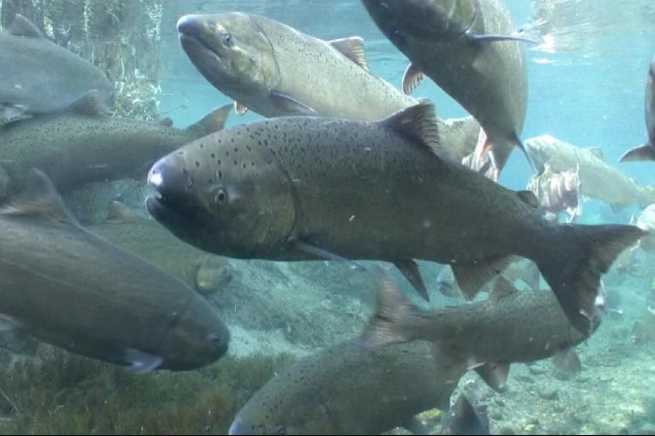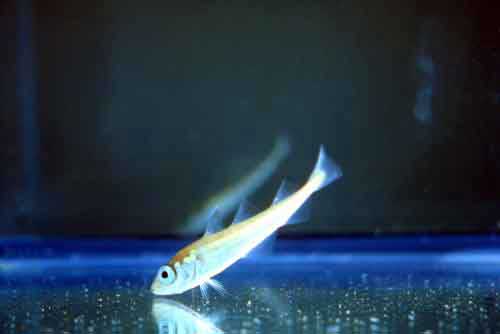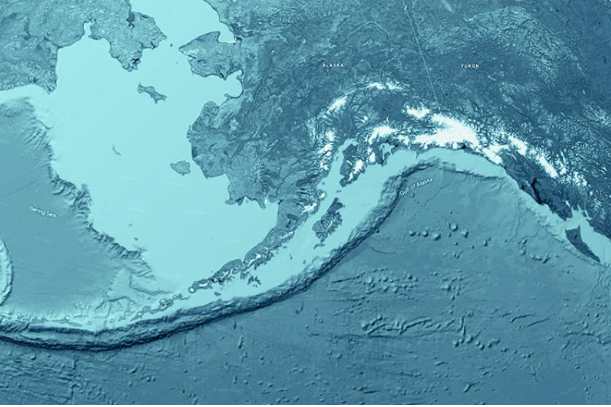 The North Pacific Fishery Management Council is evaluating additional management actions to minimize the bycatch of western Alaska origin chum salmon bycatch to the extent practicable in the Bering Sea pollock fishery (Magnuson Stevens Act National Standard 9) while achieving optimum yield in the Bering Sea groundfish fisheries (Magnuson Stevens Act National Standard 1), and balancing all other national standards. While the pollock fishery intercepts chum salmon originating from the North Pacific and predominantly hatchery origin Russia and Asia chum, the Council is focused on the bycatch of western Alaska origin chum salmon, as returns of these fish have declined substantially in recent years, negatively impacting an important source of subsistence for western Alaska residents. The coastal western Alaska chum salmon genetic group extends from Norton Sound to Bristol Bay.
The North Pacific Fishery Management Council is evaluating additional management actions to minimize the bycatch of western Alaska origin chum salmon bycatch to the extent practicable in the Bering Sea pollock fishery (Magnuson Stevens Act National Standard 9) while achieving optimum yield in the Bering Sea groundfish fisheries (Magnuson Stevens Act National Standard 1), and balancing all other national standards. While the pollock fishery intercepts chum salmon originating from the North Pacific and predominantly hatchery origin Russia and Asia chum, the Council is focused on the bycatch of western Alaska origin chum salmon, as returns of these fish have declined substantially in recent years, negatively impacting an important source of subsistence for western Alaska residents. The coastal western Alaska chum salmon genetic group extends from Norton Sound to Bristol Bay.
The best available science indicates recent declines in chum salmon populations across many regions of the North Pacific, including Canada, Japan, Russia, Korea, and the U.S., appear to be driven by warmer water temperatures in both the marine and freshwater environments which impact juvenile surivival, prey availability and quality, metabolism and growth rates, and reproductive rates. However, western Alaska chum salmon are taken as bycatch in the Bering Sea pollock trawl fishery, reducing the amount of salmon that return to Western and Interior Alaska rivers and subsistence fisheries.
At its October meeting, the Council approved analyzing changes to chum bycatch management measures after reviewing a preliminary analysis. The next step will be an impact analysis as required by Federal law, to analyze potential environmental, social and cultural, and economic impacts. The Council’s decisions were based on recommendations from the Scientific and Statistical Committee, the Advisory Panel, as well as public input that was provided through numerous written comments and testimony from over 50 people.
The Council analysis will evaluate the following management measures to change the status quo:
- A bycatch cap on the total number of chum salmon taken in the pollock fishery. The potential caps range from 200,000 to 550,000 total chum, or about 35,400 to 97,350 coastal western Alaska chum salmon.
- Using annual run strength indicators from the Yukon River, Kuskokwim River, and Norton Sound region to trigger various caps
- An annual cap on Western Alaska origin chum salmon bycatch (ranging from 40,000 to 53,000 Western Alaska chum salmon).
- Additional regulatory requirements and management measures for the pollock fleet to avoid bycatch by closing areas in near real-time throughout the season in response to when chum are on the fishing grounds.
Multiple alternatives can be selected, and the full description of the alternatives and options is available here. The first review of the impact analysis will be in mid-2024, and the Council is scheduled to take final action on this issue by December 2024.
North Pacific Fishery Management Council is one of eight regional councils established by the Magnuson-Stevens Fishery Conservation and Management Act in 1976 (MSA) to manage fisheries in the 200-mile Exclusive Economic Zone, 3 miles off the coast of Alaska. Per the MSA, the 11 voting members serving on the Council are made of up people appointed by the Secretary of Commerce, and the state marine fisheries commissioners from Alaska, Washington, and Oregon as well as the Regional Director of the National Marine Fisheries Service. Federal fisheries decisions must be consistent with the Magnuson-Stevens Act and other federal laws.The Council, along with the advisory bodies, were formed so federal fishery management decisions could be made at a regional level, emphasizing public input.
###
[content id=”79272″]








